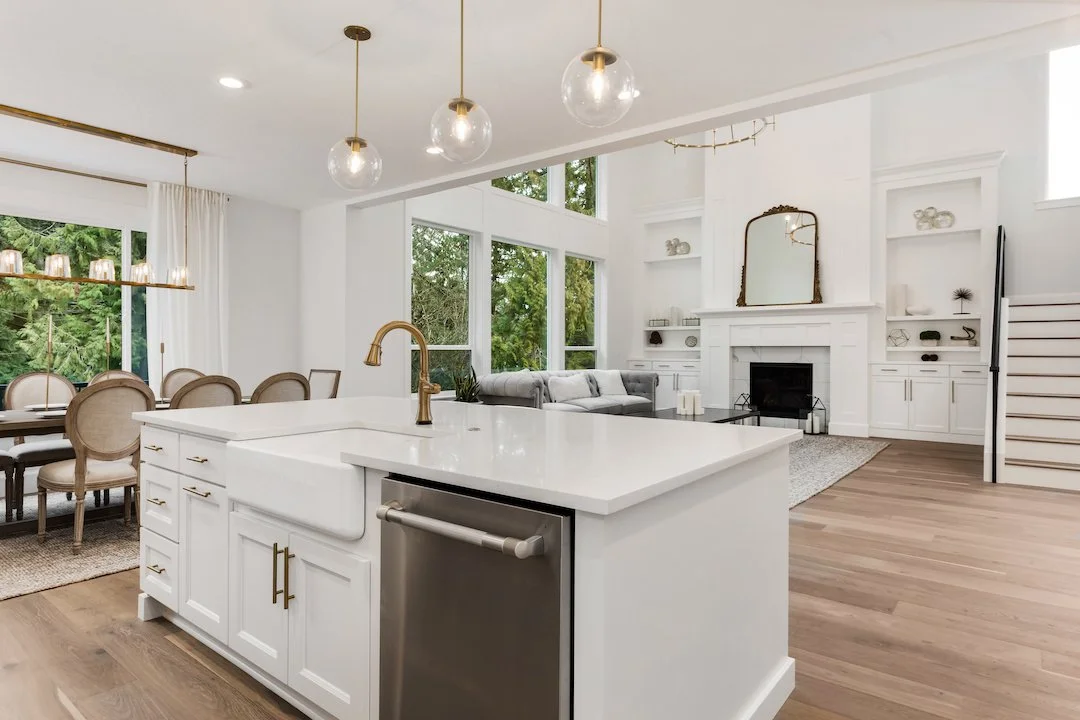Microstaging Secrets Every Seller Should Know
Preparing a home for sale is all about first impressions. Buyers often decide how they feel about a property within the first few minutes, which means the smallest details can make the biggest difference. Instead of focusing on costly renovations or full-scale staging, microstaging uses thoughtful, high-impact updates to highlight a home’s strengths, create an inviting atmosphere, and make the property stand out in a competitive market.
The Core Principles of Microstaging
Microstaging is built on the idea that small details leave lasting impressions. Rather than redesigning entire rooms, it emphasizes features that buyers see, touch, and interact with directly. Hardware, textiles, lighting, and accessories may appear minor on their own, but together they create a layered sense of quality and care.
This approach also taps into subconscious influence. Buyers may not dwell on a polished doorknob or smooth cabinet hinge, but they notice when these details feel solid and well cared for. Each impression adds up, creating a sense of integrity and attention that buyers value. Even homes with limited budgets or challenging layouts can benefit. Strategic updates shift attention away from flaws, helping potential buyers focus on a property’s best features instead.
How to Microstage: Four Key Steps
1. Focus on touch points. Kitchens, bathrooms, and entryways attract the most attention. Replacing worn doorknobs, cabinet pulls, and faucets makes a noticeable difference, and highlighting modern features such as smart home technology can appeal to today’s buyers.
2. Create a detail palette. Select finishes that feel cohesive. Brushed nickel, matte black, or contemporary light fixtures bring uniformity and polish to a space, making it feel current and cared for.
3. Layer with intention. Extend these updates into textiles and accessories. Neutral foundations accented with pops of color create comfort while guiding the eye. Thoughtful additions such as pillows, throws, and rugs help buyers envision themselves in the space.
4. Engage the senses. Clean, subtle aromas and warm, balanced lighting influence how buyers feel the moment they step through the door. A fresh scent and inviting glow suggest both cleanliness and comfort.
Benefits of Microstaging
High impact at a low cost. Targeted updates create noticeable improvements at a fraction of the cost of full staging or renovation.
Multi-sensory appeal. Layered details—lighting, texture, scent, and greenery—engage more than one sense, building emotional connections.
Attention redirection. By emphasizing strengths, microstaging shifts focus away from dated or imperfect features.
Unique presentation. Unlike generic staging, microstaging creates an intentional, polished look that makes a home feel both distinctive and memorable.
The Final Touch
Selling a home is never just about price or square footage. It is about creating an experience that resonates with buyers. Microstaging takes small, thoughtful updates and turns them into powerful first impressions. With its practicality, affordability, and lasting effect, it has become one of the most effective strategies for homeowners who want their property to stand out and feel like the next owner’s perfect home.

